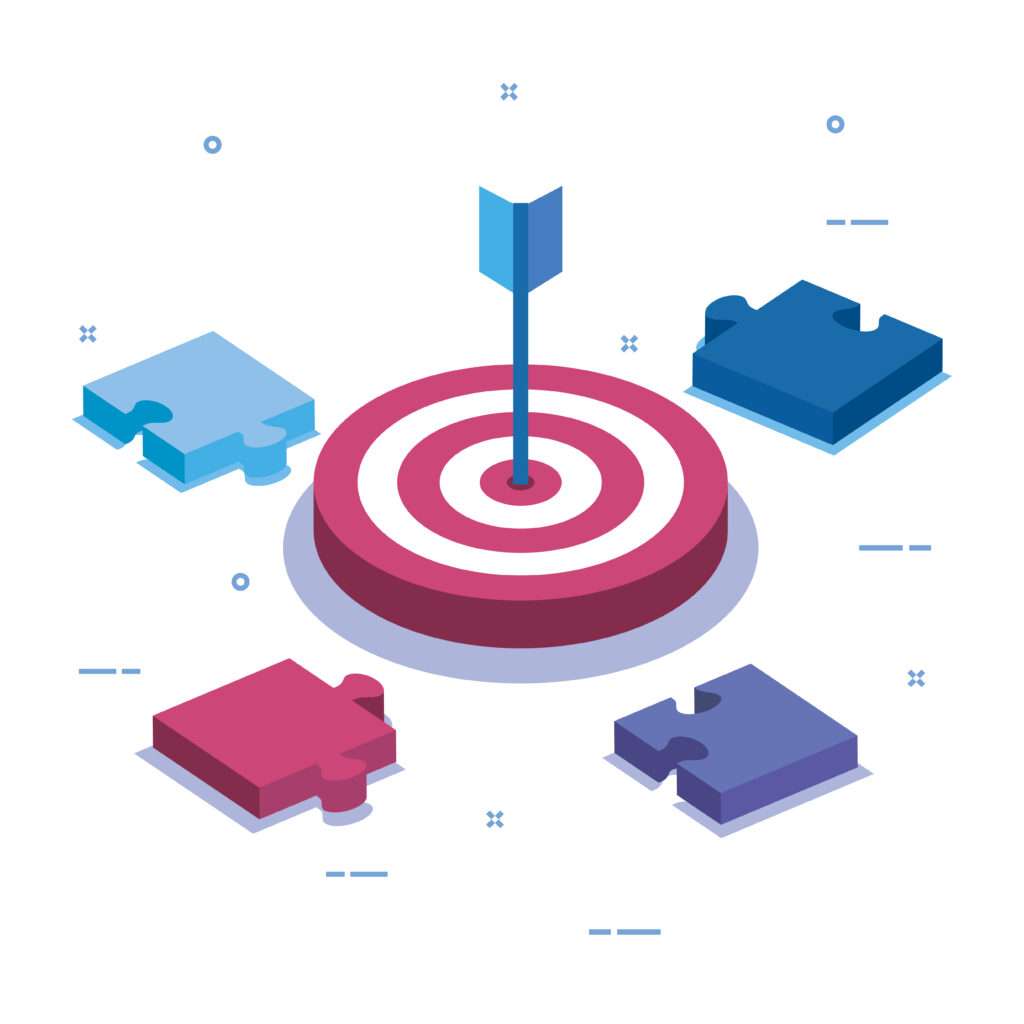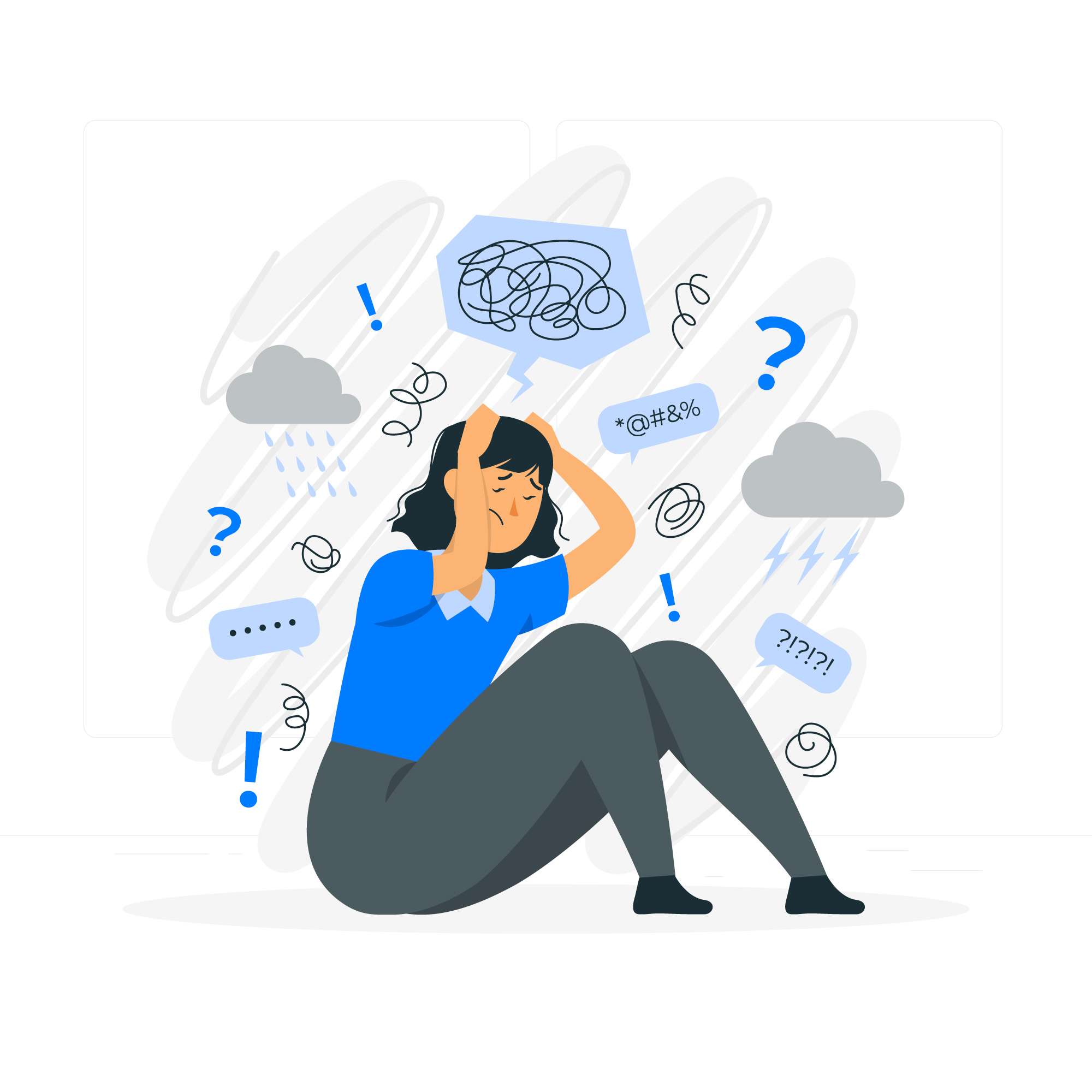This is how you can work with the unique learning strategies and styles of each student
Each student is unique, with their own individual learning strategies and styles that shape their educational journey. It is only by identifying and working with these distinctive approaches that we can create a supportive classroom. Once you know how your children learn best, you can tailor your teaching methods, instructional materials, and classroom activities to maximize their engagement.
But this is often easier said than done. There are so many individual traits in a class of 30, and for a teacher who manages multiple classrooms, it takes work to tailor their approach to the needs of every single student. But that doesn’t mean you should stick to just one teaching method! By understanding the educational psychology behind individual learning styles, you can tailor your approach to fit the general classroom while taking individual characteristics into account.
So, what is educational psychology, and how can it help you educate your students better? Let’s dive in!
What is Educational Psychology?
Educational psychology focuses on understanding how individuals learn and develop within an educational setting. It explores the psychological processes and factors influencing learning, motivation, and educational outcomes. Understanding individual learning styles and strategies is a crucial aspect of this discipline. Learning styles refer to the unique ways individuals prefer to acquire information, while learning strategies are their preferred methods of processing and retaining it. This table can give you a better idea of this.
LEARNING STYLES AND COMPLEMENTARY STRATEGIES
| LEARNING STYLES AND COMPLEMENTARY STRATEGIES | ||
| Learning Style | Description | Strategy |
| Visual | Learns best through visual aids and images. | Use visual aids such as charts and diagrams. Provide organised, colourful study material. Use videos or animations to reinforce concepts. |
| Auditory | Learns best through verbal explanations and listening | Deliver interactive classroom lectures. Encourage group discussions and debates. Make use of podcasts as learning material. |
| Kinesthetic | Learns best by engaging in hands-on activities. | Use practical demonstrations and experiments. Utilize physical movement while learning. Encourage simulations or interactive games. |
| Multimodal | Learns best through a combined visual, auditory, and kinesthetic approach. | Offer various learning materials and resources. Encourage kids to create mind maps/diagrams. Use physical and auditory interactive activities. |
4 Common Learning Styles
Understanding different learning styles is essential to create engaging learning environments. By understanding and accommodating these different learning styles, educators can create a more inclusive learning environment that caters to the diverse needs of their students.
-
Visual Learners
Visual learners absorb information best through visual aids such as charts, diagrams, and images. They benefit from seeing information presented in a visually pleasing manner. They might prefer more colorful or aesthetically organized study material.
-
Auditory Learners
Auditory learners learn through verbal explanations and listening. They learn best through lectures, discussions, and audio resources such as podcasts. Most of them excel in traditional classrooms where lectures are the primary form of instruction.
-
Kinesthetic Learners
Kinesthetic learners learn by doing what they learn through hands-on activities. They thrive when physically interacting with learning materials and participating in experiential learning. They may benefit from physical movement incorporated into their lessons.
-
Multimodal Learners
Multimodal learners benefit from a combination of visual, auditory, and kinesthetic approaches. They learn best when information is presented using various modalities, allowing them to engage their multiple senses and learning styles.
4 Common Learning Strategies

Effective learning strategies that work with their individual learning styles are vital in helping students retain information. Teachers can guide teachers toward improved academic performance by incorporating these learning strategies into their study routines.
-
Note-Taking Techniques
Note-taking involves capturing key points and organizing information during lectures or while studying, usually by writing it. It helps students summarise important concepts for review, helping them understand and retain them better.
-
Active Learning Methods
Active learning encourages students to engage actively in the learning process. It involves hands-on activities, discussions, group work, study trips, experiments, or problem-solving tasks that promote deeper comprehension and critical thinking.
-
Mnemonic Devices
Mnemonic devices are memory aids that help students remember information through associations or patterns. Techniques like acronyms, visualization, mind maps, and rhymes improve recall while simplifying complex study material.
-
Practice and Repetition
Practice and repetition is the traditional method used to retain material in most classrooms. This involves repeatedly reviewing and applying learned material. While it strengthens neural connections to improve memorization, this shouldn’t be the only strategy used.
Conclusion: Catering to Every Unique Learner
Recognizing and accommodating different learning strategies is crucial in creating successful classrooms. Embracing the uniqueness of each learner not only fosters academic growth but also promotes a sense of belonging and empowerment. Teachers can ensure a supportive environment and an inclusive educational journey by catering to individual learning styles.
Let every student have the opportunity to thrive, succeed, and enjoy the process of lifelong learning as we embrace the power of educational psychology!

